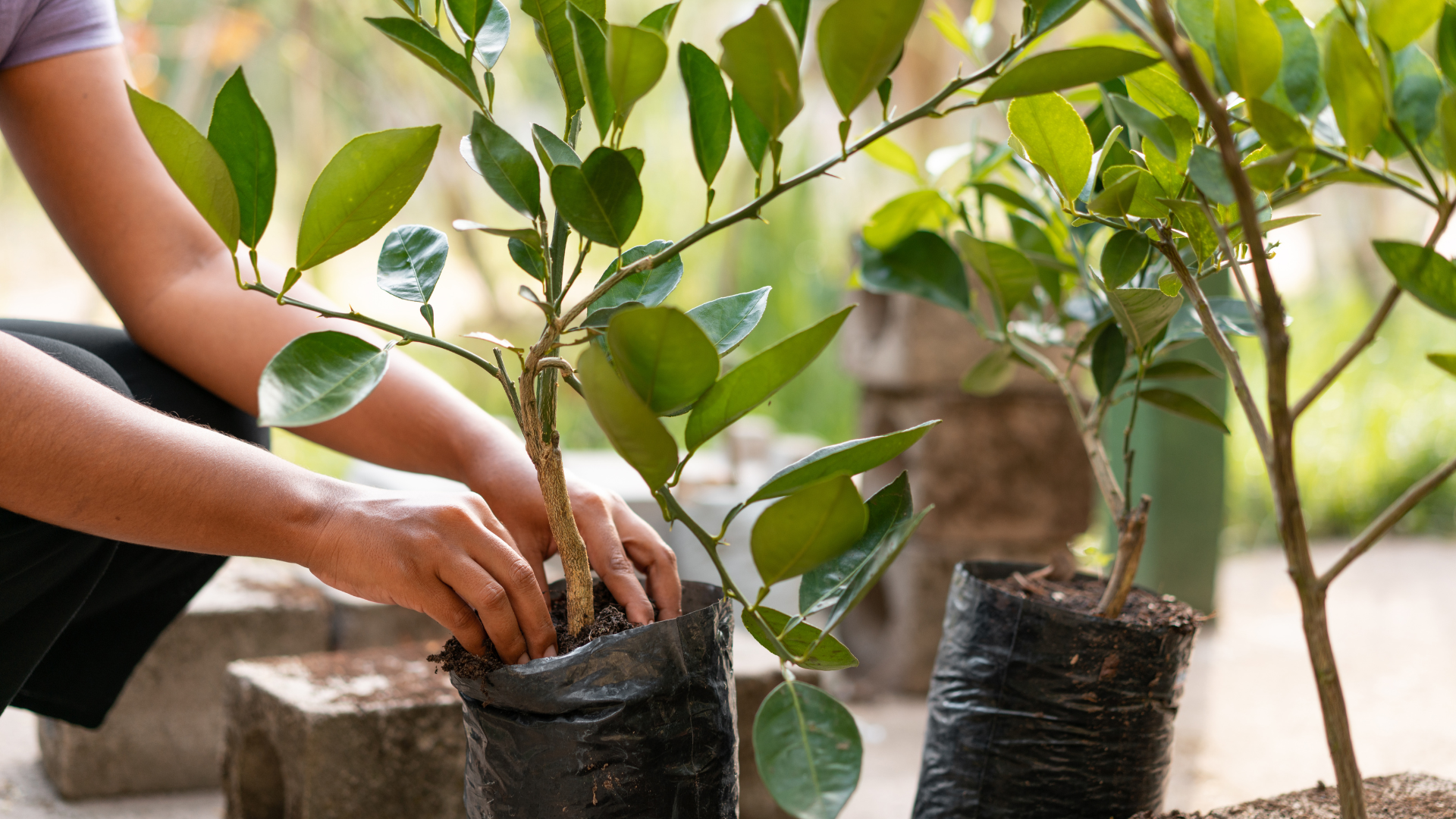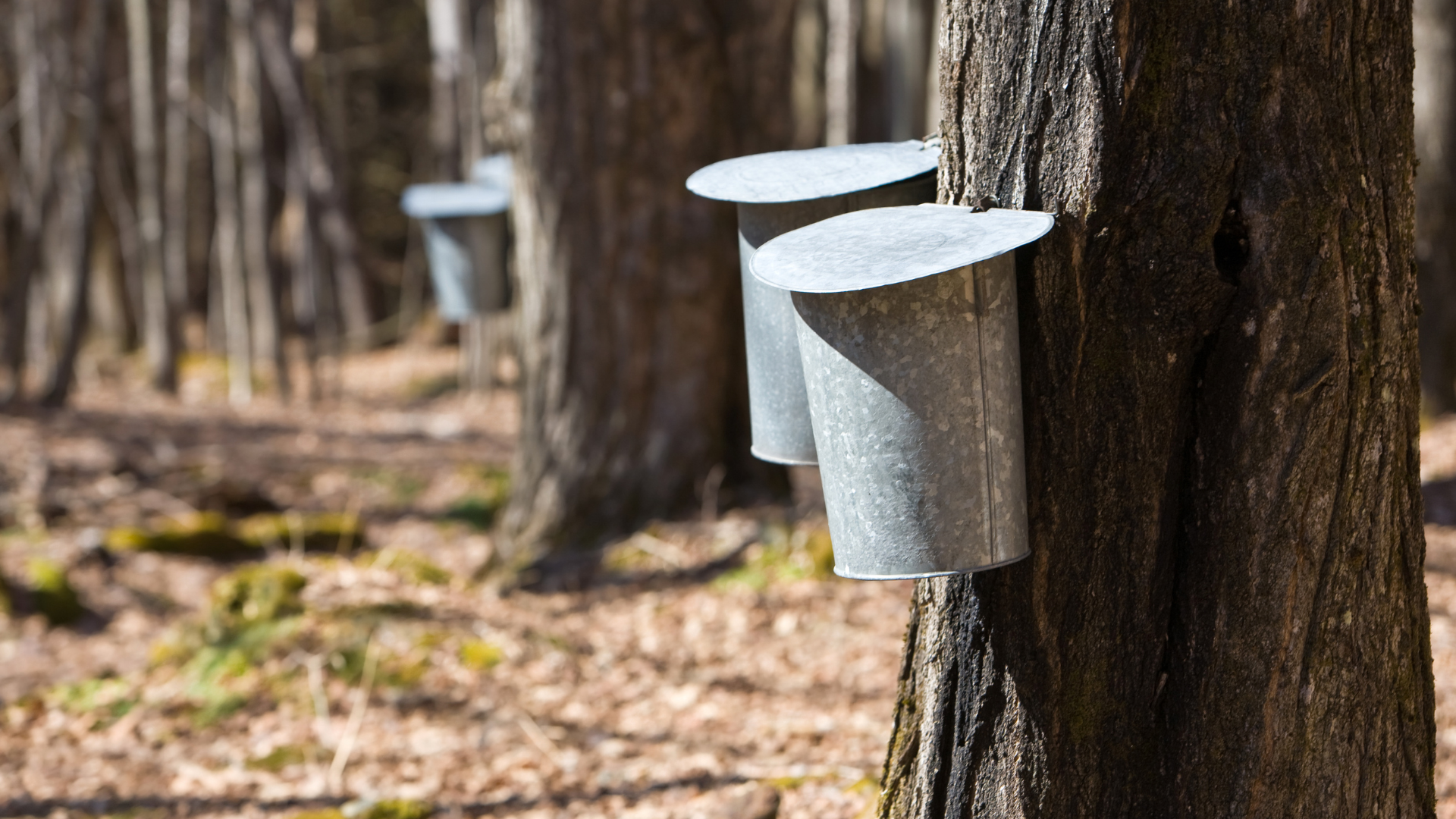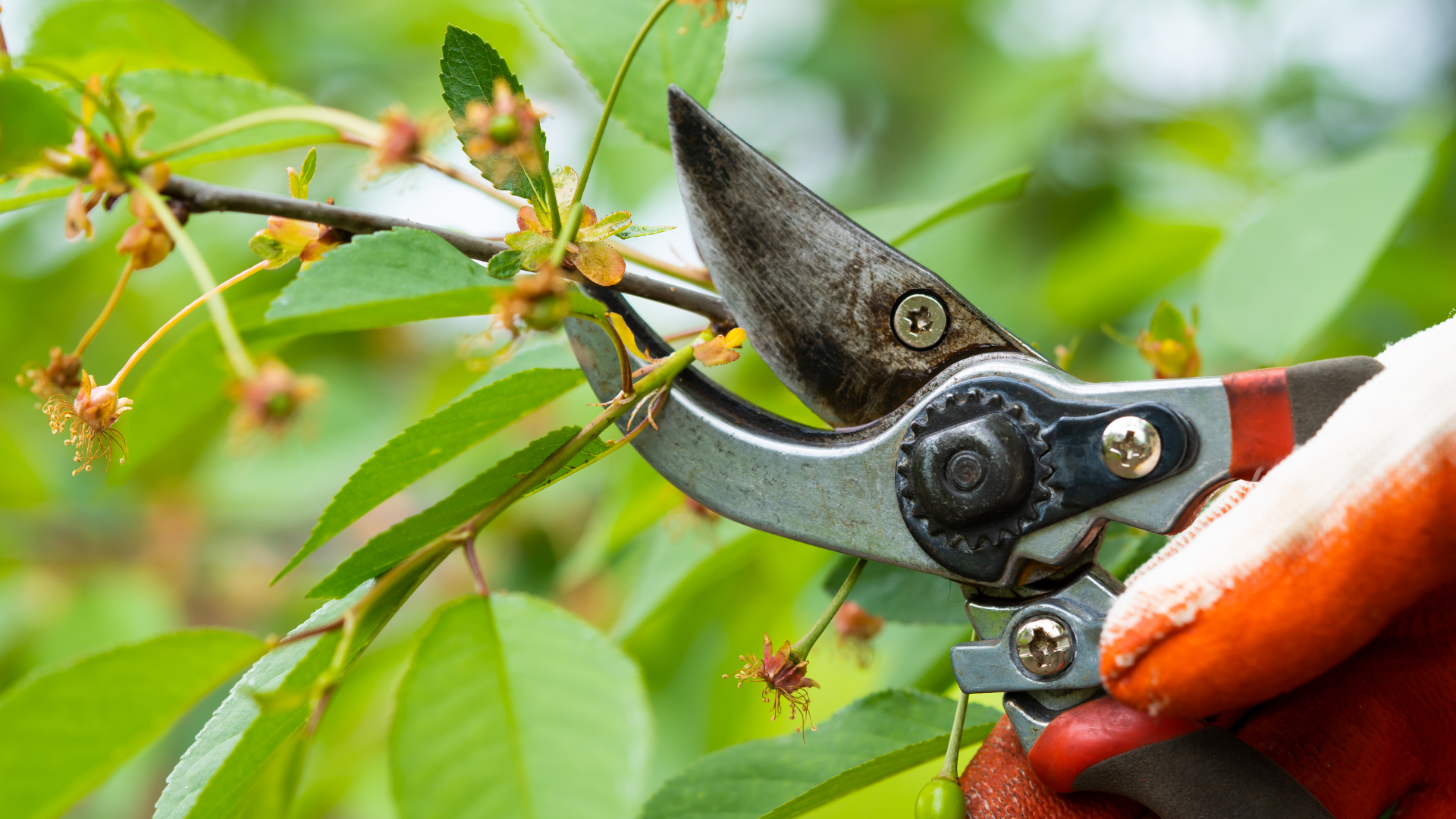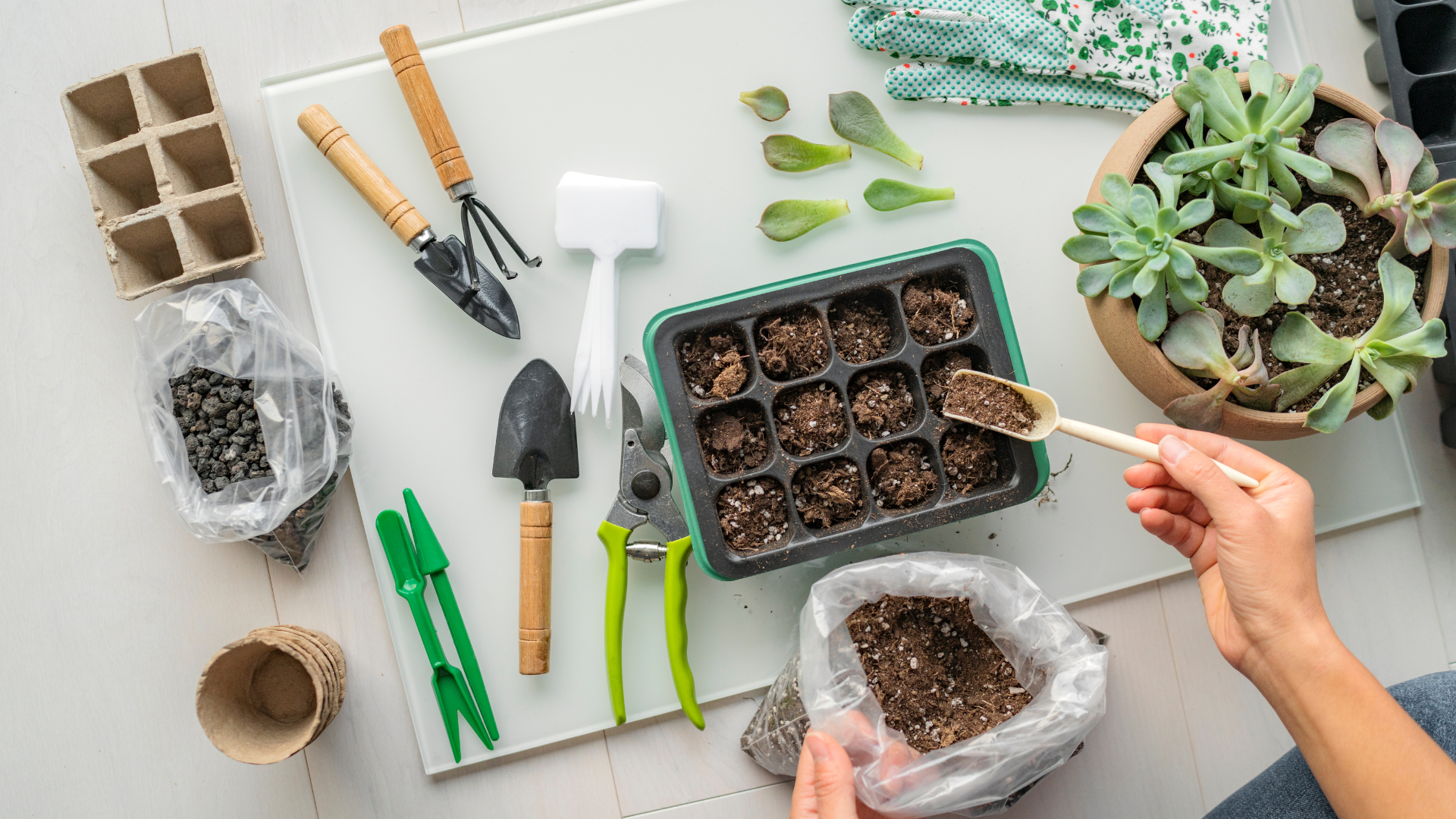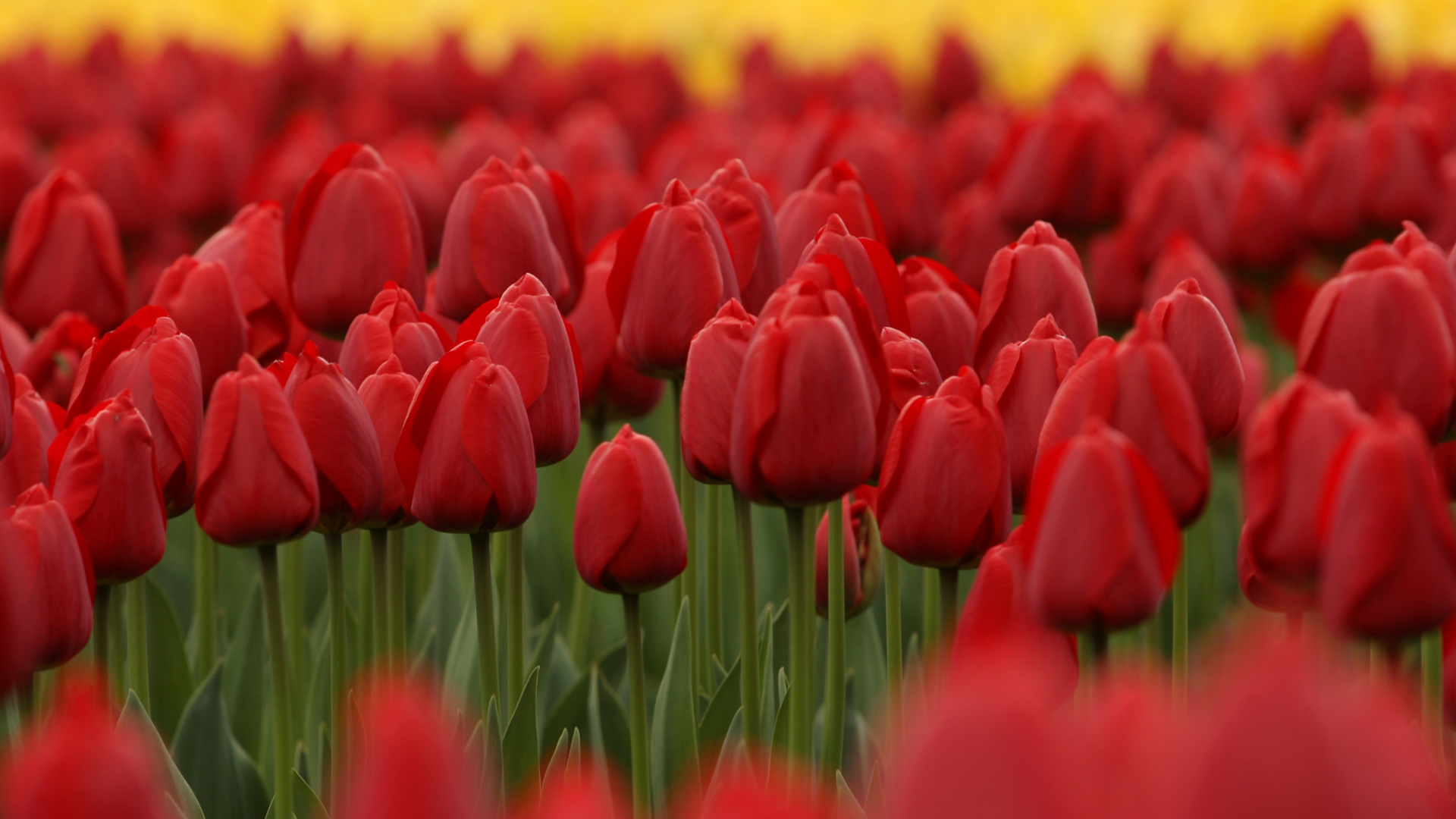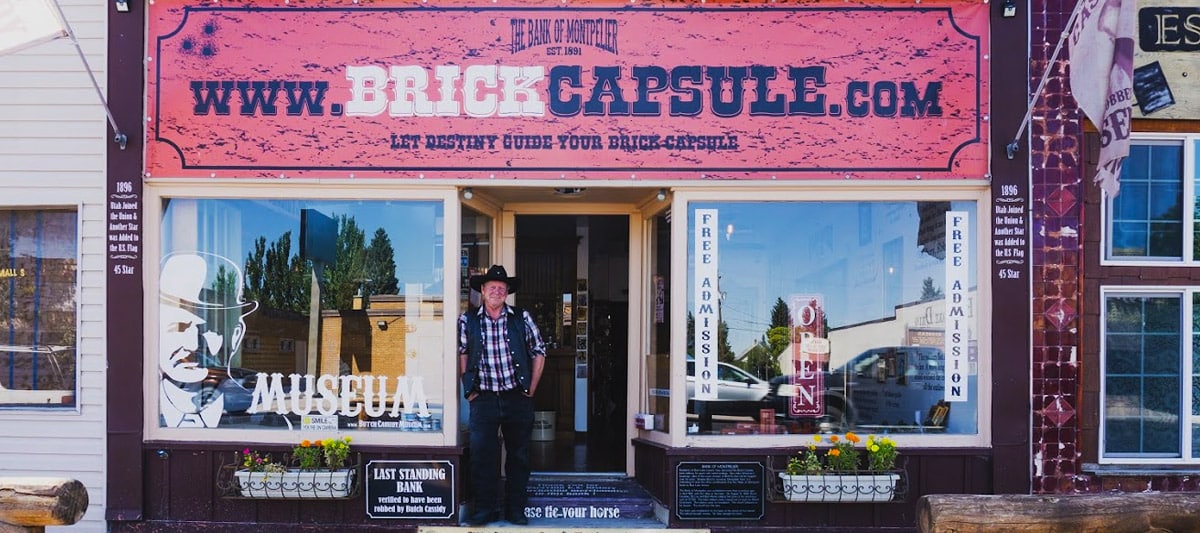What to do with your fall leaves
Oct 28, 2022, 6:00 PM
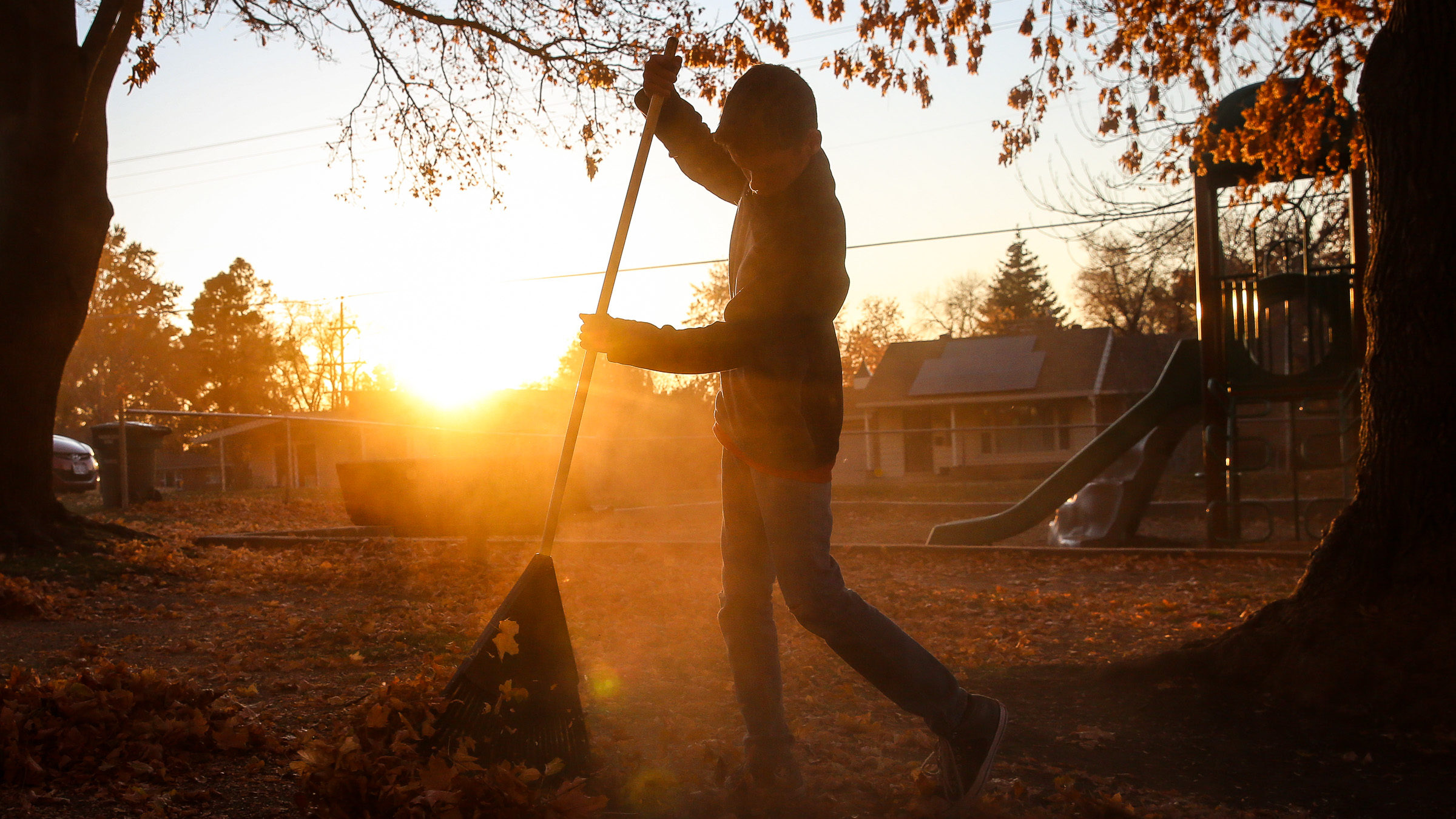
Alexander Marten, 14, volunteers to clean up the fall leaves at Mount Ogden Park in Ogden on Saturday, Nov. 10, 2018. (Qiling Wang/Deseret News)
(Qiling Wang/Deseret News)
SALT LAKE CITY — Autumn is here and with it come fall leaves. Though your instinct might be to collect and toss them, one gardening expert has some alternatives that could help boost your garden.
Community Education Program Director at Wasatch Community Gardens Marybeth Janerich shared tips with KSL Greenhouse on how to use leaves to your advantage.
An important tip, Janerich wrote in an email to KSL, is chopping your fall leaves with a blower, mulcher or lawnmower first so they don’t get matted and the soil can breathe.
Janerich said those chopped leaves can be used in a variety of ways in vegetable gardens:
- Use the leaves on top of your garden as mulch or top dressing for your cleared vegetable garden spaces.
- Mix the leaves with a nitrogen source, like blood meal, into the top 8 inches of your soil. Janerich said they’ll decompose over the winter.
- Use the leaves for double digging. Double digging is a process “where some chopped leaves can be incorporated even deeper in the soil to really boost the microbial activity – soil life – and promote better drainage,” Janerich wrote. Wasatch Community Gardens teaches this process as part of its spring soil classes. Janerich said it’s not a process that should be done every year though.
No vegetable garden? Here’s what to do with your fall leaves instead
And for those who don’t have a vegetable garden, Janerich recommended you:
- Use it for composting. Janerich said people who compost might be in need of dry material. “I always have a bag of last year’s chopped leaves sitting next to my composter and toss some in on top every time I add my kitchen scraps,” Janerich wrote.
- Put your chopped leaves into green waste bins. Chopping them first can help pick up more leaves in a shorter amount of time, according to Janerich.
- Bag your leaves and take them to a Wasatch Front Waste and Recycling District leaf collection location.
And Janerich’s favorite tip? Save bags of chopped leaves for next summer.
“The chopped leaves will make an excellent mulch to use in between tomato plants or any other summer crops to reduce the soil temperature slightly and retain moisture,” Janerich wrote. “They will break down over the summer, adding small amounts of nutrients into the soil, but their biggest contribution is retaining moisture and creating a lovely and cooler sub-soil habitat.”
Lawns can also benefit from your leaves, Janerich said. Janerich recommended collecting the first fallen leaves in bags to avoid matting and leaving a thin layer of mowed or mulched leaves behind.



